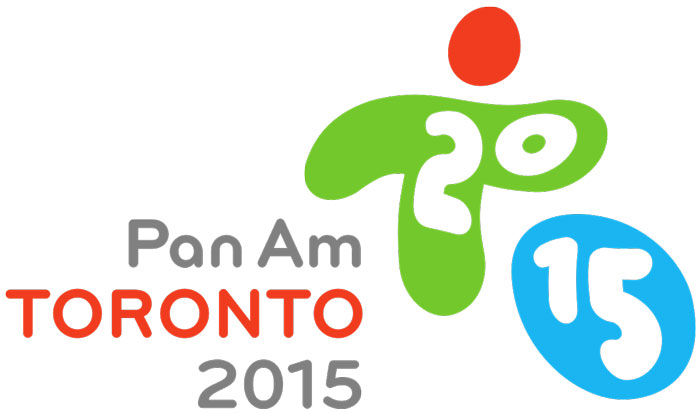When Toronto was chosen in 2009 to host the 2015 Pan American and Parapan Games, the provincial and municipal governments celebrated the chance to bring a boom of tourism to the shiny capitalist engine of Canada and revitalize the city. Toronto would follow up the legendary Vancouver 2010 Olympics with its own summer spectacle, and finally get the attention it rightfully deserved. But if Toronto had cared to seek advice from Vancouver, Montreal, or really any city with sports hosting experience, it would have wisely withdrawn its hosting bid tout suite.
With the Games just three months away, the similarities between Vancouver and Toronto’s taxpayer-funded budgets are striking. The cost of the 2010 Olympics was estimated at $1.68 billion in construction expenses and $580 million in operating expenses. Taxpayers ended up financing the majority of a $6 billion total project budget. In Toronto’s case, the original total estimate was approximately $1.3 billion, but has since almost doubled to $2.5 billion, according to the National Post.
The Toronto Sun’s Sue Ann Levy took a deeper look into those numbers, and found that something about large amounts of public money causes executives to spend like children in a candy store. Included in the budget is an estimated $247 million allocated for security and enhanced services from the Toronto Police, $3.8 million going towards illuminating the underside of the Bloor Viaduct with a colourful light display, and $20,000 to give athletes and their families bracelets carved out of maple trees.
A freedom of information request filed by the Sun in 2014 led to the firing of Pan Am CEO Ian Troop after the scandalous details of his lavish expense account were revealed. His severance package amounted to $500,000. The list of public projects that could put these outrageous sums of taxpayer money to better use is too long to go into, but you could get a good picture by reading up on any Toronto politician’s platform.
But it’s sports and fun in the summer, people are excited; there have to be some positives, right? Politicians have made countless phony arguments in favour of sports hosting. For example, the planning committee claimed the Games would generate close to $2 billion in economic activity and that the construction would generate 17,000 jobs. But if Vancouver couldn’t come close to recouping its budgetary costs with the Olympics, Toronto has even less of a chance of being a net positive to taxpayers with the comparatively milquetoast Pan Am Games. Ticket concessions, for example, are expected to bring in $40 million off of a projected 1.5 million sales, but only 350,000 have been sold thus far.
A common refrain is that the construction of gleaming new facilities will provide an everlasting ‘legacy’ for the host city, but it’s hard to see Torontonians flocking to use a fancy handball arena for years to come. Look at Montreal’s legacy facilities: The Velodrome built for the 1976 Olympics is now the Biodome, and the underused Olympic Stadium is in a state of disrepair.
Finally, there is the alluring promise of the Athlete’s Village. The City of Toronto has committed to keep 10 per cent of the $700 million housing project “affordable,” and many are hailing the redevelopment of the West Don Lands as a long overdue solution to the city’s affordable housing shortage. But below the surface, the Athlete’s Village represents a boon for developers and a convenient justification for gentrification.
Why does Toronto need the pretense of a sporting spectacle to provide affordable housing for its residents? Sadly, in the answer to that question lies what might be the only truthful argument in favour sports hosting. Large, public events provide immovable deadlines that spur plodding parliamentary governments into action. The redevelopment of the West Don Lands has been one of Toronto’s top priorities for years, along with the development of its waterfront and the expansion of its public transit system. With the Games approaching, the Union Pearson Express train—in the works since 2001—is suddenly on track to be completed for this summer, and the revitalization of Toronto’s waterfront has been kicked into gear. The 2015 Pan Am Games will rehash a depressing reality, but at least it’ll be warm.









